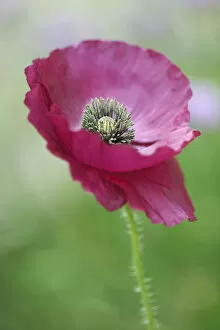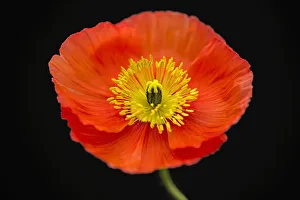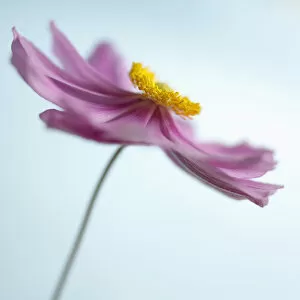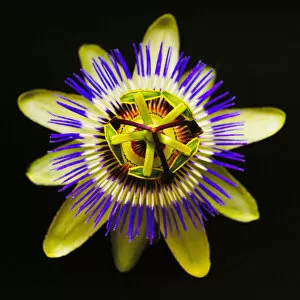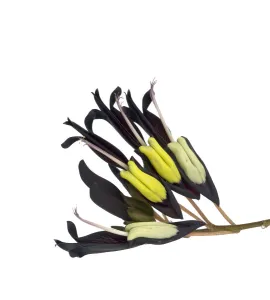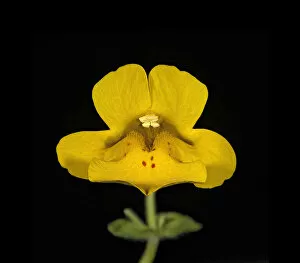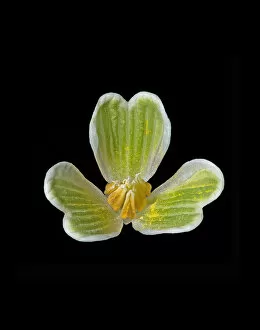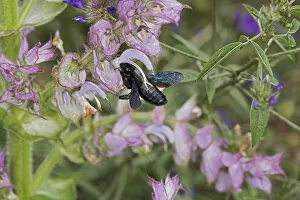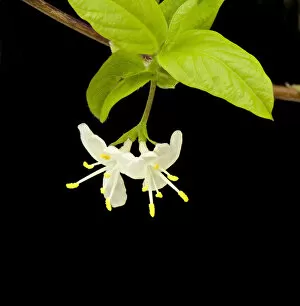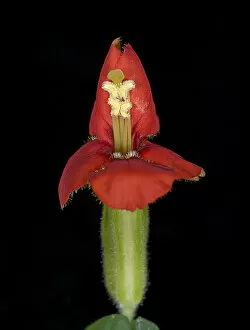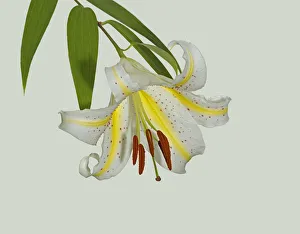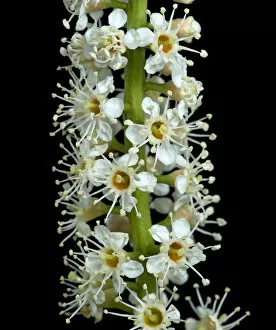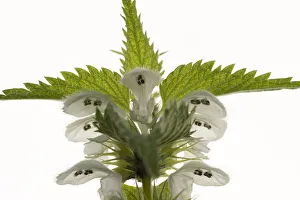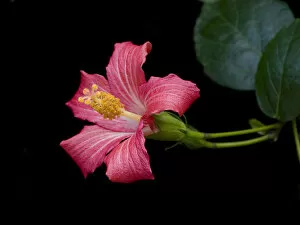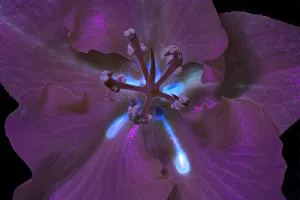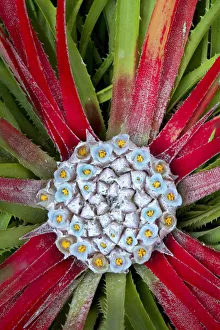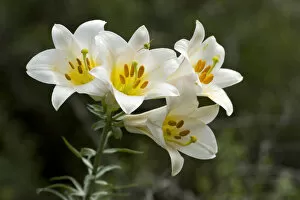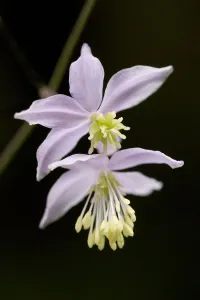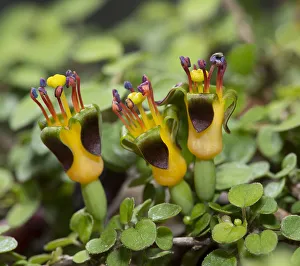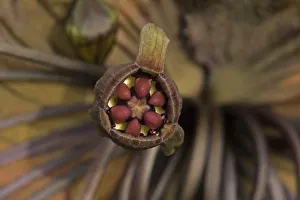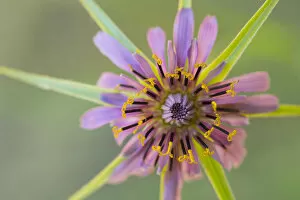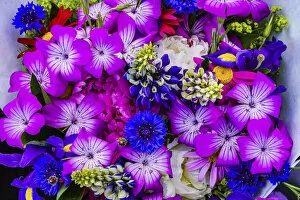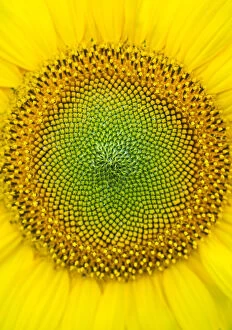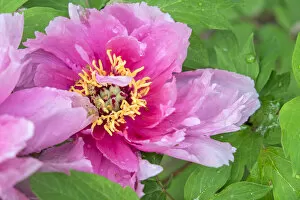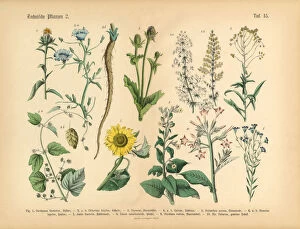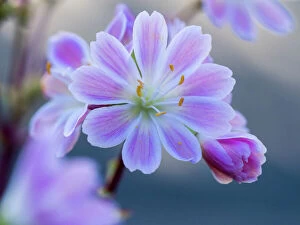Stamen Collection (page 3)
Stamen, a term derived from the Latin word "staminis, " refers to the male reproductive organ found in flowering plants
All Professionally Made to Order for Quick Shipping
Stamen, a term derived from the Latin word "staminis, " refers to the male reproductive organ found in flowering plants. In Carl Linnaeus' book "Methodus plantarum sexalis in sistemate naturae descripta, " he extensively described and classified various stamens based on their characteristics. During the Victorian era, botanical illustration flourished as a means of documenting and studying plant anatomy. These intricate drawings showcased the delicate beauty of stamens, capturing their diverse shapes, sizes, and colors. One such example is the Flame lily (Gloriosa sp. ), where its vibrant red stamens stand out against its petals. Advancements in technology allowed scientists to explore stamens at a microscopic level using scanning electron microscopy (SEM). A close-up view of a Geranium anther reveals intricate details like pollen sacs bursting with tiny grains. Similarly, SEM images of Tea flower stamens showcase their unique structures that aid in pollination. Pollen grains play a crucial role in fertilization, transferring genetic material from one flower to another. SEM images of Geranium pollen exhibit their distinct shape and surface texture under high magnification. In photography studios or natural settings, photographers capture stunning visuals of flowers with remarkable stamen features. A studio shot showcases a pink tulip's elegant pistil surrounded by numerous yellow-tipped stamens. Against a contrasting blue background, an orange lilium Brunello flower displays its prominent dark-colored filaments adorned with pollen-laden anthers. Historical records also provide glimpses into past botanical discoveries involving stamen observations. An 1893 illustration depicts Meadowsweet's creamy white blossoms adorned with multiple long-stalked stamens surrounding its pistils. Modern scientific techniques continue to unravel the mysteries behind these reproductive organs through tools like SEM imaging. A close examination using SEM reveals fascinating details about Forget-me-not flowers' minute structures that enable successful pollination.


